SATELLITE pictures have emerged showing Russia’s new nuclear-powered submarine capable of launching atomic torpedoes.
The Khabarovsk-class submarine, Moscow’s latest nuclear asset that can fire devastating nuclear weapons, is shown in full size for the first time.
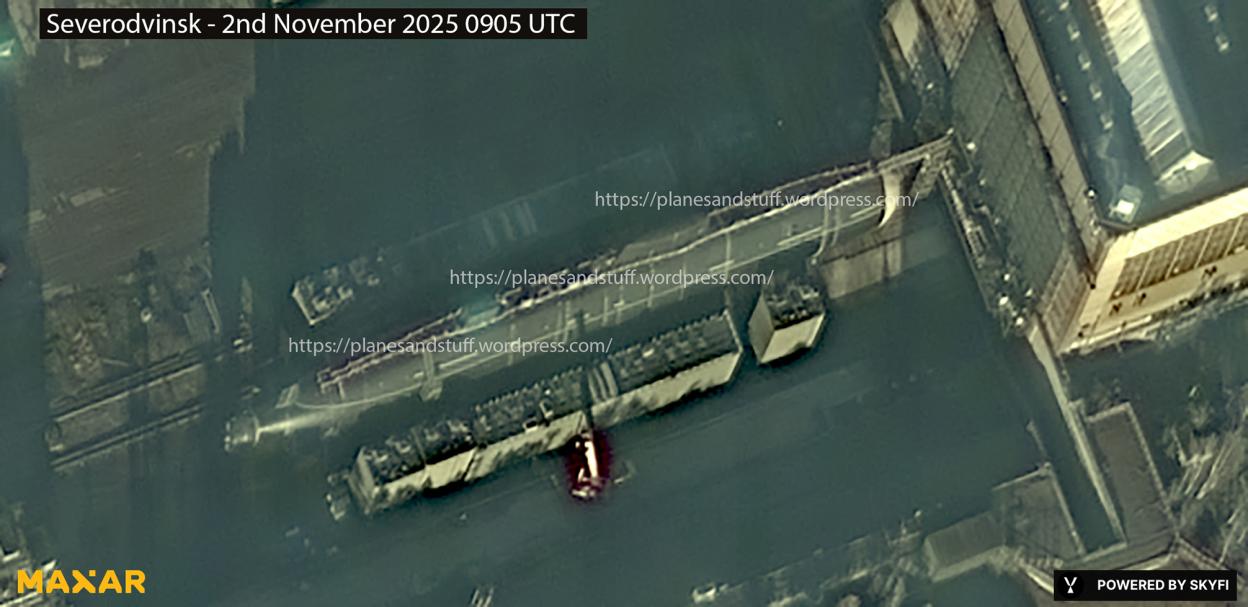 Khabarovsk is seen in full size for the first timeCredit: x.com/planesandstuff
Khabarovsk is seen in full size for the first timeCredit: x.com/planesandstuff
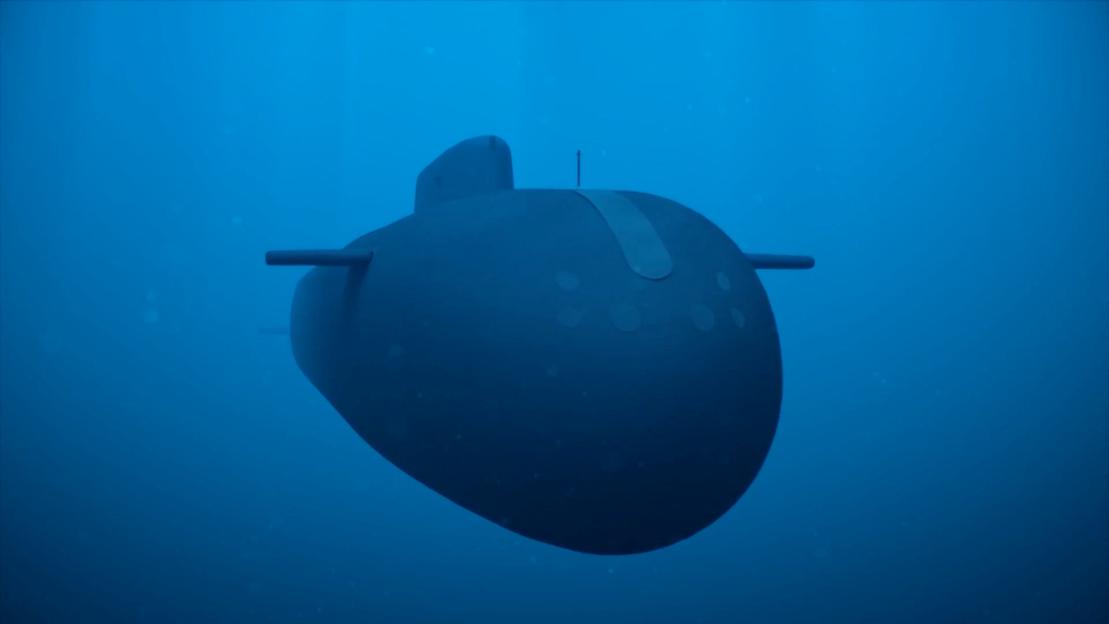 Russia’s Poseidon nuclear-capable system is seen in this still image taken from an animated video released Russian MoDCredit: Reuters
Russia’s Poseidon nuclear-capable system is seen in this still image taken from an animated video released Russian MoDCredit: Reuters
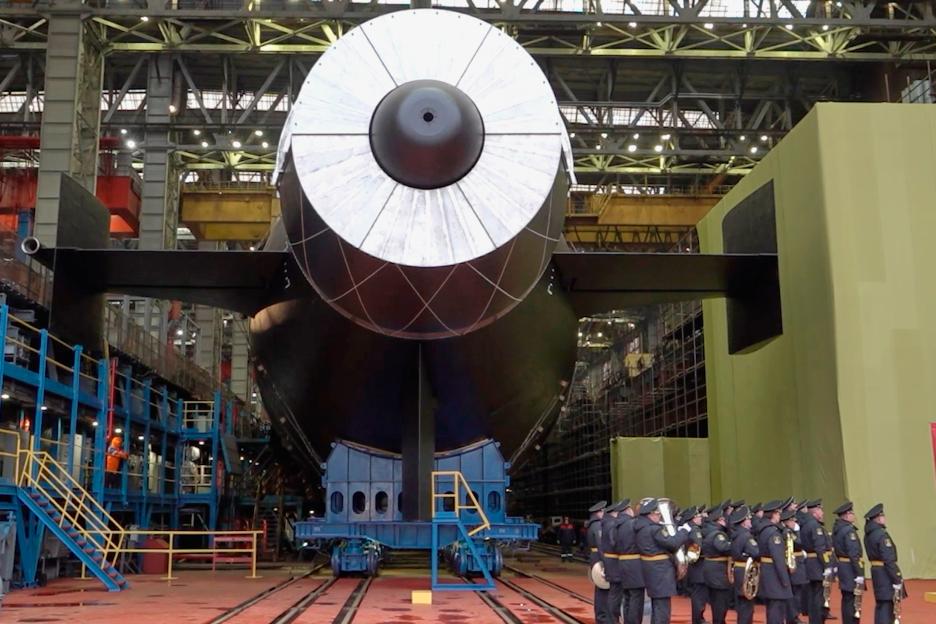 The Khabarovsk nuclear submarine is seen during launches at the Sevmash shipyard in Severodvinsk, RussiaCredit: AP
The Khabarovsk nuclear submarine is seen during launches at the Sevmash shipyard in Severodvinsk, RussiaCredit: AP
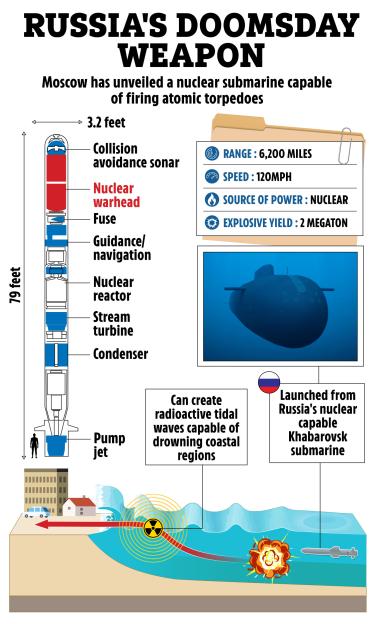
The hulking vessel can be seen docked at the Sevmash shipyard workshop, where new submarines of Project 09851 are being assembled.
Khabarovsk can fire Russia‘s new nuclear-powered, nuclear-armed Poseidon torpedoes that can create a tsunami powerful enough to devastate coastal cities.
The in the northern city of Severodvinsk – five years behind schedule after unexplained delays.
The submarine is powered by a nuclear engine and can dive to depths of around 500 meters, remaining at sea for months.
Defence analysts estimate the 10,000-ton vessel can carry up to a dozen Poseidons.
Its construction cost, shrouded in secrecy, is believed to exceed £1 billion.
The Khabarovsk submarine shares much of its design with Russia’s Borei-class strategic submarines, but unlike them, it carries no ballistic missiles.
Instead, it is purpose-built for special operations and the deployment of nuclear-powered underwater drones, in a shift that signals the Kremlin’s growing obsession with unconventional strategic systems.
Photos released by Russia’s Defence Ministry showed only the rear of the vessel, with a partially covered pump-jet propulsion system resembling those on the Borei-A class subs.
Analysts say the secrecy around its full structure underscores Moscow’s fear of Western scrutiny, and the likelihood that much of the Khabarovsk’s design remains experimental.
A second submarine of the same class, the Ulyanovsk, is already under construction and expected to join the Pacific Fleet.
Together, they would give Moscow a dual-ocean capability to deploy the Poseidon system, in a move Western analysts say is designed to project fear on both sides of the globe.
Russian Defence Minister Andrei Belousov said: “The heavy nuclear-powered missile cruiser Khabarovsk is being launched from the renowned Sevmash shipyard.
“Carrying underwater weapons and robotic systems, it will enable us to successfully secure Russia’s maritime borders and protect its national interests in various parts of the world’s oceans.”
Belousov said the submarine will now begin sea trials before joining the nuclear deterrent fleet.
Russia’s Defence Ministry said the event marked a “new era” in undersea deterrence.
The Poseidon is a new weapon that has appeared amid what Putin has cast as a global arms race – primarily between the US, Russia and China – to modernise and develop their nuclear arsenals.
Poseidon, known in Nato as Kanyon, is 20 metres long, 1.8 metres in diameter and weighs 100 tonnes, according to Russian media.
 The Khabarovsk nuclear submarine is seen during launches at the Sevmash shipyard in Severodvindk, RussiaCredit: AP
The Khabarovsk nuclear submarine is seen during launches at the Sevmash shipyard in Severodvindk, RussiaCredit: AP
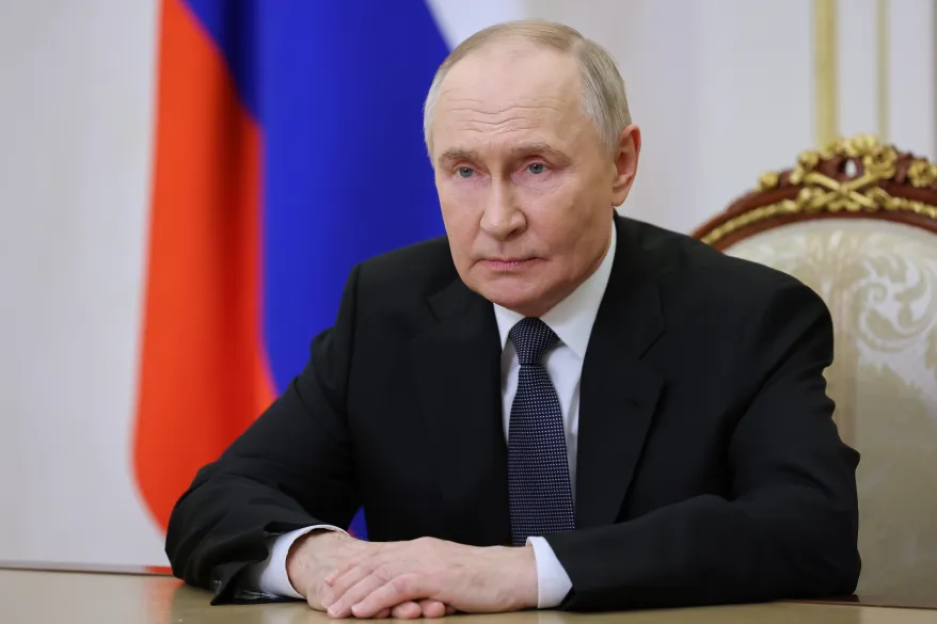 Putin said Poseidon’s power exceeded that of ‘even our most promising Sarmat intercontinental-range missile’Credit: AP
Putin said Poseidon’s power exceeded that of ‘even our most promising Sarmat intercontinental-range missile’Credit: AP
Arms control experts say the weapon breaks most of the traditional nuclear deterrence and classification rules.
They have estimated it would carry a two megaton warhead and perhaps is powered with a liquid-metal-cooled reactor.
Last week, Putin announced that Moscow had successfully tested the new atomic-powered and nuclear-capable underwater.
Putin said Poseidon’s power exceeded that of “even our most promising Sarmat intercontinental-range missile”, which is known as SS-X-29, or Satan II.
“There is nothing like this in the world in terms of the speed and the depth of the movement of this unmanned vehicle — and it is unlikely there ever will be,” he added.
Since first announcing the Poseidon in 2018, Putin has cast them as a response to US moves to build a missile defence shield after Washington in 2001 unilaterally withdrew from the 1972 Anti-Ballistic Missile Treaty, as well as to Nato’s eastern enlargement.
Moscow also tested the Burevestnik missile – a low-flying, nuclear-powered, nuclear-armed cruise missile.
It was successfully tested over the Arctic Ocean after years of development and several earlier initial test flights.
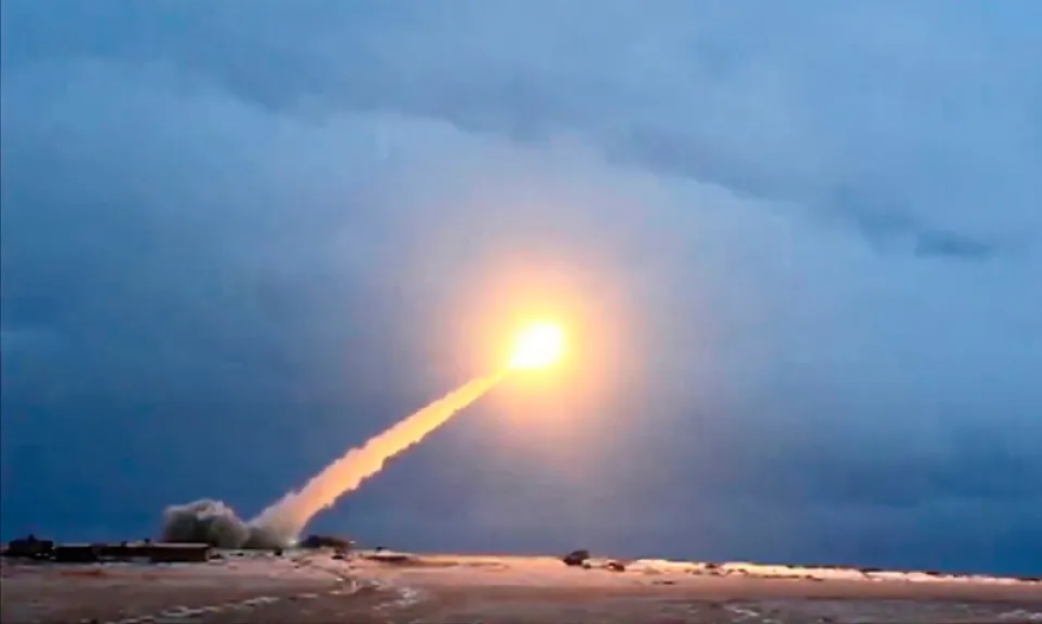 Russia’s Burevestnik nuclear-capable missile during a test launchCredit: East2West
Russia’s Burevestnik nuclear-capable missile during a test launchCredit: East2West
New arms race
Last week, President Donald Trump ordered the US military to for the first time in three decades.
America’s sabre-rattling follows aggressive nuclear testing by the Russians and China‘s rapid expansion of its nuclear arsenal.
Trump made the announcement just before meeting Xi Jinping for – and said the testing would be on an equal basis with Russia and China.
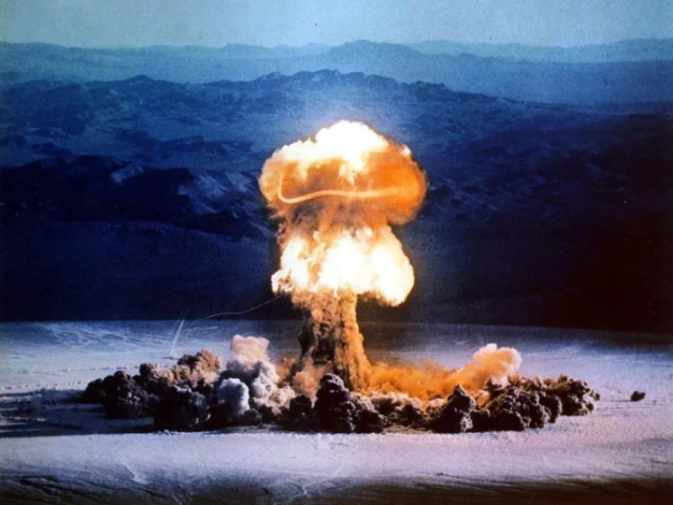 A mushroom cloud rises from a test blast at the Nevada Test Site on June 24, 1957Credit: AP
A mushroom cloud rises from a test blast at the Nevada Test Site on June 24, 1957Credit: AP
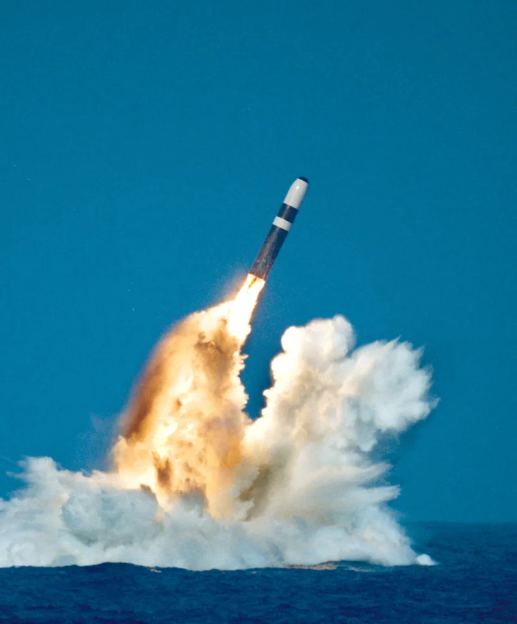 A Trident II missile launched from an Ohio-class submarine by the US militaryCredit: Handout – Getty
A Trident II missile launched from an Ohio-class submarine by the US militaryCredit: Handout – Getty
He said that while the US has the biggest nuclear arsenal in the world, Russia is second, and China is a distant third – but will be even “within five years.”
The US military already regularly tests its missiles that are capable of delivering a nuclear warhead, but it has not detonated the weapons since 1992 because of a test ban.
But the president suggested that changes were necessary because other countries were testing weapons.
It was unclear what he was referring to, but it evoked Cold War-era escalations and a nuclear arms race.
Trump wrote on Truth Social: “Because of other countries’ testing programs, I have instructed the Department of War to start testing our Nuclear Weapons on an equal basis. That process will begin immediately.”
“The United States has more Nuclear Weapons than any other country. This was accomplished, including a complete update and renovation of existing weapons, during my First Term in office.
“Because of the tremendous destructive power, I HATED to do it, but had no choice! Russia is second, and China is a distant third, but will be even within 5 years.”
America's nuclear testings
By Sayan Bose, Foreign News Reporter
From the time America conducted its Trinity nuclear bomb detonation in 1945 to 1992, the US detonated 1,030 atomic bombs in tests, the most than any other country.
Those figures do not include the two nuclear weapons America used against Japan in Hiroshima and Nagasaki at the end of World War II.
The first American tests were atmospheric, but they were then moved underground to limit nuclear fallout.
Scientists have come to refer to such tests as shots. The last such shot, called Divider as part of Operation Julin, took place September 23, 1992, at the Nevada National Security Sites, a sprawling compound some 65 miles from Las Vegas.
America halted its tests for a couple of reasons.
The first was the collapse of the Soviet Union at the end of the Cold War.
Secondly, the US signed the Comprehensive Nuclear Test-Ban Treaty in 1996.
There have been tests since the treaty, however, by India, North Korea and Pakistan, the world’s newest nuclear powers.
The United Kingdom and France also have nuclear weapons, while Israel has long been suspected of possessing atomic bombs.
But broadly speaking, the US also had decades of data from tests, allowing it to use computer modelling and other techniques to determine whether a weapon would successfully detonate.
Every president since Barack Obama has backed plans to modernise America’s nuclear arsenal, whose maintenance and upgrading will cost nearly $1 trillion over the next decade, according to the Congressional Budget Office.
The US relies on the so-called nuclear triad: ground-based silos, aircraft-carried bombs and nuclear-tipped missiles in submarines at sea to deter others from launching their weapons against America.
 President Donald Trump speaks with reporters aboard Air Force One shortly after taking off from BusanCredit: AP
President Donald Trump speaks with reporters aboard Air Force One shortly after taking off from BusanCredit: AP






